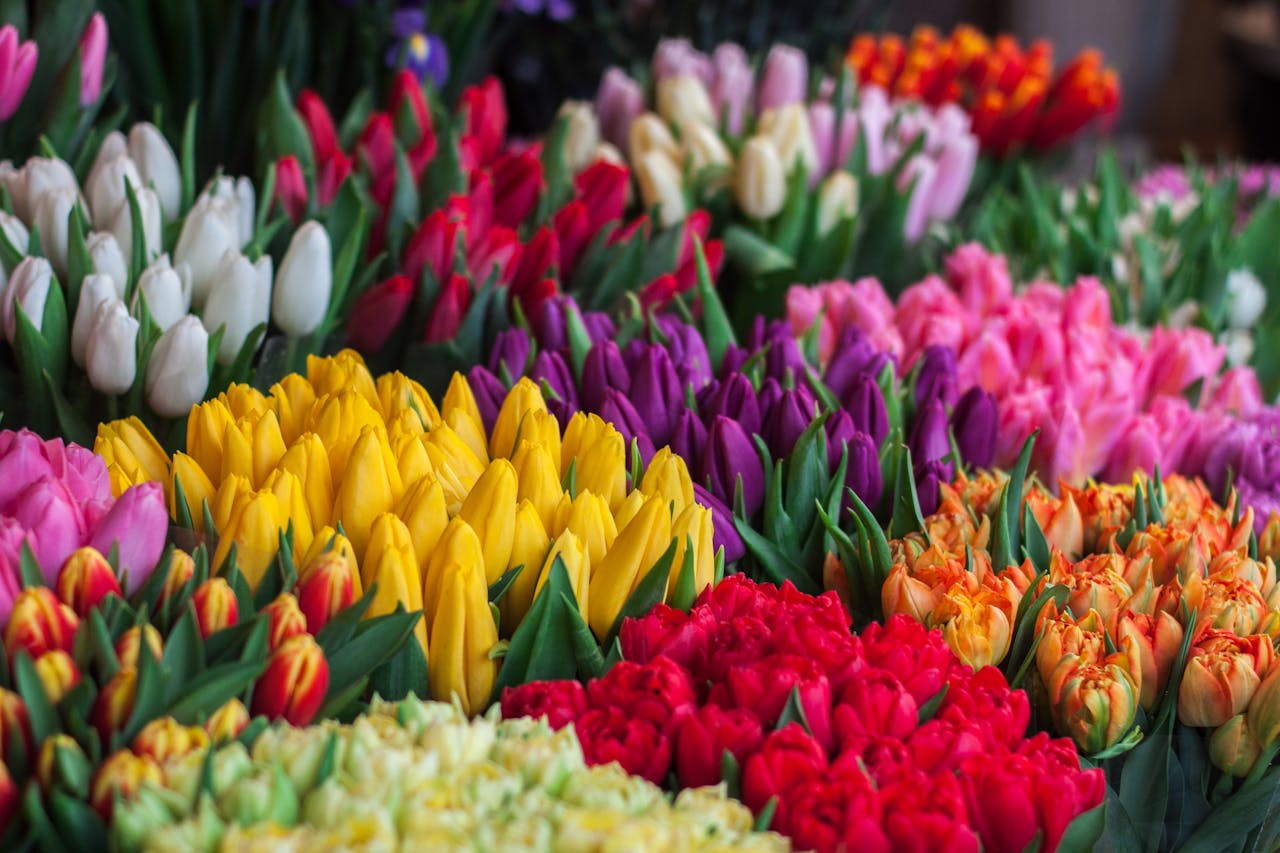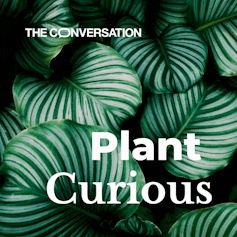Flowers may be more ancient than dinosaurs – but scientists can’t agree on when they evolved

Flowers may seem fragile but they are ancient. (Pexels Photo)
Flowers may look delicate – but flowering plants, what scientists call angiosperms, are one of the most successful evolutionary organisms on the planet. Including more than 350,000 known species, they dominate the ecological system, shape food webs and play a vital role in oxygen production. Plus, many of them are valuable commercial crops – think of roses, grains and tomatoes.
Have you ever wondered when flowers first evolved, and what has been unfolding over millions of years of evolution to cultivate these beautiful species? Recent research is bringing new insights to this longstanding debate among scientists.
When you think of fossils, you probably think of dinosaurs and ammonites – creatures with bones or hard shells that stayed preserved in the rock despite huge geological changes. But flowers with frail petals and tiny pollen can also be preserved by being sealed in amber, crystallised, or carbonised.

Many people think of plants as nice-looking greens. Essential for clean air, yes, but simple organisms. A step change in research is shaking up the way scientists think about plants: they are far more complex and more like us than you might imagine. This blossoming field of science is too delightful to do it justice in one or two stories.
This article is part of a series, Plant Curious, exploring scientific studies that challenge the way you view plantlife.
Generally, the most convincing fossil evidence is from the Early Cretaceous period (about 132 million years ago). However, the earliest evidence of a flower bud has a Jurassic origin (around 164 million years ago). It is called Florigerminis jurassica and was found in China. But not all scientists agree it is an angiosperm, due to the different definitions of flower organs.
Flowers can be preserved in striking detail. Dripping tree sap and resin fossilised the petals and pollen of a fossil flower in a Baltic conifer forest around 34-38 million years ago. This is the largest known amber-preserved fossil flower, measuring about 3cm across and about three times as large as most floral fossils, showing beautiful details of this ancient flower.
Jurassic or Cretaceous?
The timing of flowers’ evolution is still a matter of debate between scientists, but most scientists are in one of two camps: Jurassic or Cretaceous.
Analyses using molecular data (DNA or protein sequences) suggest flowers could be much older than the fossil record shows – a Jurassic (145 million years ago) or even Triassic origin (201 million years ago).
Organisms from different major clades (a group of organisms descended from a common ancestor) might converge as they evolve. But scientists don’t always agree about which organisms belong in which evolutionary line. So, we need to combine all the information we have to get a more nuanced understanding of flowers’ evolution.
Deciphering the past by molecular data
Knowing when and how flowering plants first appeared and when they diverged from other plants is important to scientists. It would help us understand how angiosperms adapted to different environments, their interactions with other organisms, and their response to major geological events, such as climate change and mass extinctions.
One technique scientists use to determine the timing of evolutionary events is the “molecular clock”. This concept originated from the understanding that genetic mutations tend to accumulate at a constant rate across both time and species. The rate of mutation can be likened to the steady ticking of a clock.
Variations in gene sequences between different species can help tell scientists when they diverged from a common ancestor. To construct a molecular clock, researchers analyse gene segments that have been conserved throughout a species’ evolution.
For example, researchers can estimate when modern angiosperms and their closest relatives, such as gymnosperms, diverged by comparing their DNA. Conifers are an example of a gymnosperm. Scientists can also estimate how distant the relationship between two angiosperm species are by comparing their DNA.
Piecing the puzzle together
Physical characteristics can tell us a lot about the early evolution of flowers too. Scientists examine fossil plants and observe the gradual changes in structures such as leaves, flowers and seeds over time. Comparing their anatomy allows researchers to identify similarities and differences between extinct and still-living species, or species in different clades.
However, this approach has limitations. Biological traits which appear similar may be a result of convergent evolution, indicating changes in characteristics for environmental adaptation, rather than genetic similarity.
For example, the fins of whales and fish evolved independently for swimming. These fins may make them look similar, but they are not even the same evolutionary class: whales are mammals and fish are not. Similarly, the wings of birds, bats and some insects like butterflies each evolved the ability to fly, but they have huge differences in their anatomy and genes.
Mathematical approach can also help
There is also a mathematical approach to estimating the age of angiosperms – for instance, using the Bayesian Brownian Bridge (BBB) method. This statistical model is a scientific formula that uses the distribution of fossils through time to estimate the age of a group.
By using the BBB method, an international research team found that the origin of angiosperms supports a pre-Cretaceous hypothesis. This means flowers may have evolved alongside, and outlived, the dinosaurs.
This finding also supports a Charles Darwin hypothesis about flowers – that they rapidly changed during the Cretaceous period. The project showed that the trajectory of angiosperm evolution had a marked increase in lineage accumulation (meaning branches of a family showed a marked increase in new families) between 125 million and 72 million years ago.
Understanding the origins of angiosperms gives scientists valuable insights into the intricate web of life on our planet. It can also guide efforts in agriculture and conservation. So, the next time you marvel at a vibrant flower or enjoy a juicy fruit, remember that the story of angiosperms is a tale of resilience, adaptation and beauty – much of which is still waiting to be discovered.![]()
Ruolin Wu, PhD student in Paleobiology, University of Bristol
This article is republished from The Conversation under a Creative Commons license. Read the original article.





















